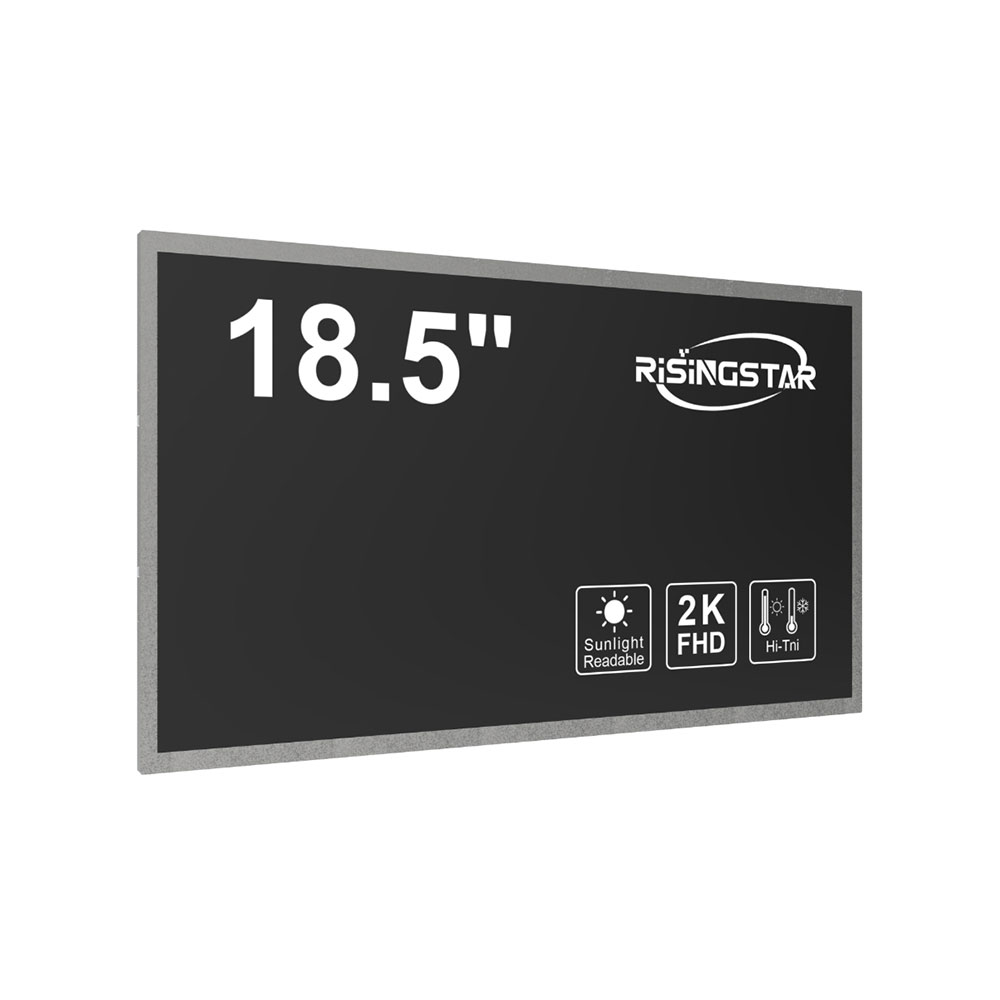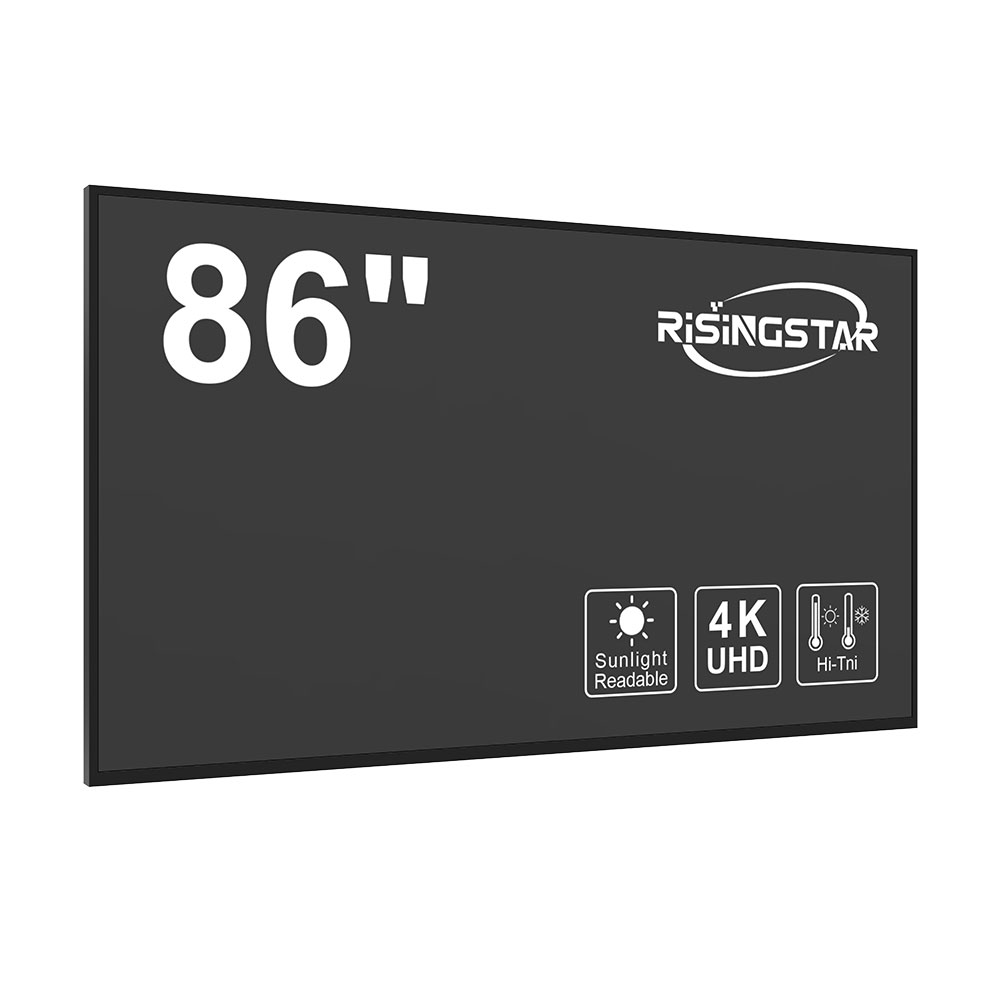산업 응용 분야를위한 실외 LCD 화면을 선택할 때 해외 장비 제조업체 및 유통 업체는 내구성, 가시성 및 환경 복원력을 우선시해야합니다. 실내 디스플레이와 달리 실외 LCD는 엄격한 엔지니어링 표준을 요구하는 극한 온도, 습도, 자외선 및 물리적 영향에 노출됩니다. 국제 전기 기술위원회 (IEC) 60068-2 시리즈에 따르면 산업용 실외 디스플레이는-30 ° C에서 70 ° C의 온도 범위를 견뎌야하며 IP65 이상의 진입 보호 등급에서 안정적으로 작동해야합니다.
중요한 요소는 밝기입니다. 햇빛 가독성을 위해 전문 실외 LCD 화면에는 일반적으로 최소 5,000 nit의 최대 밝기가 필요하며 많은 고급 모델이 7,000 nit을 초과합니다. 이것은 광업, 건설 및 운송 산업의 핵심 요구 사항 인 직사광선에서도 명확한 가시성을 보장합니다. 대조적으로, 표준 실내 LCD는 거의 500 nits를 초과하지 않아 실외용으로 적합하지 않습니다.

또 다른 필수적인 고려사항은 디스플레이 기술이다. LED 백라이트 LCD 패널은 CCFL 백라이트 대안에 비해 우수한 에너지 효율과 수명을 제공합니다. 예를 들어, 삼성의 LP156WF4-SPB 및 LG의 15.6 인치 산업 등급 패널에는 풀 어레이 LED 백라이트가 장착되어있어 넓은 시야각에서 일관된 색상 정확도를 유지하면서 수명을 최대 50% 까지 연장합니다.
환경 밀봉 및 열 관리 또한 중추적 인 역할을합니다. 산업용 실외 LCD는 수동 냉각 시스템 또는 팬리스 알루미늄 히트 싱크와 같은 능동 방열 메커니즘을 통합하여 기계적 고장 지점을 도입하지 않고 더운 기후에서 과열을 방지합니다. Siemens 및 ABB와 같은 회사의 사례 연구에 따르면 적절하게 밀봉 된 열 관리 장치는 석유 굴착 장치 및 노천 광산과 같은 열악한 환경에서 99% 이상의 가동 시간을 달성합니다.
마지막으로, 원격 진단 및 IP65 + 견고 화가 산업 규범이되고 있습니다. Frost & Sullivan의 2023 년 보고서에 따르면 온도, 습도 및 틸트 감지를위한 임베디드 센서와 같은 기능을 사용하면 예측 유지 보수가 가능해 다운 타임 비용을 최대 40% 까지 줄일 수 있습니다. 이러한 기능은 여러 지역에 배치 된 유닛의 함대를 관리하는 글로벌 유통 업체에 특히 유용합니다.

요약하면, 올바른 실외 LCD 화면을 선택하려면 밝기 균형, 품질, 열 성능 및 스마트 모니터링 기능이 필요합니다. IEC 및 ISO 표준을 준수하고 실제 현장 데이터를 활용함으로써 제조업체 및 유통 업체는 장기적인 신뢰성을 보장하고 총 소유 비용을 절감하며 진화하는 산업 요구를 충족시킬 수 있습니다.







